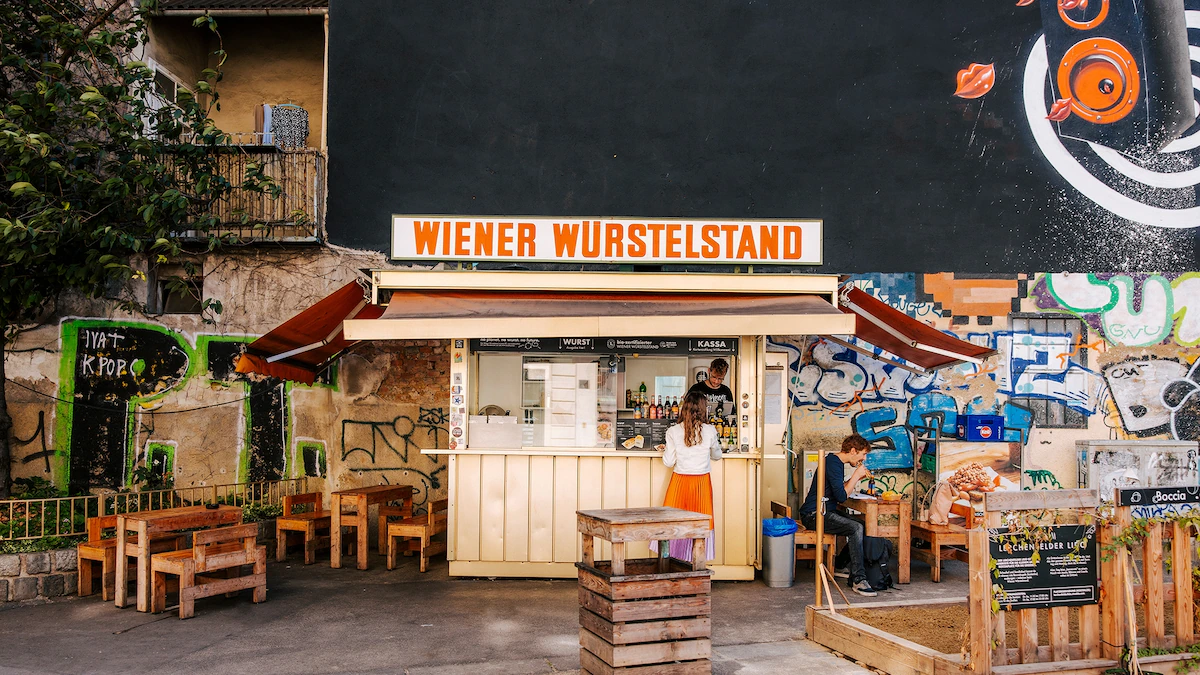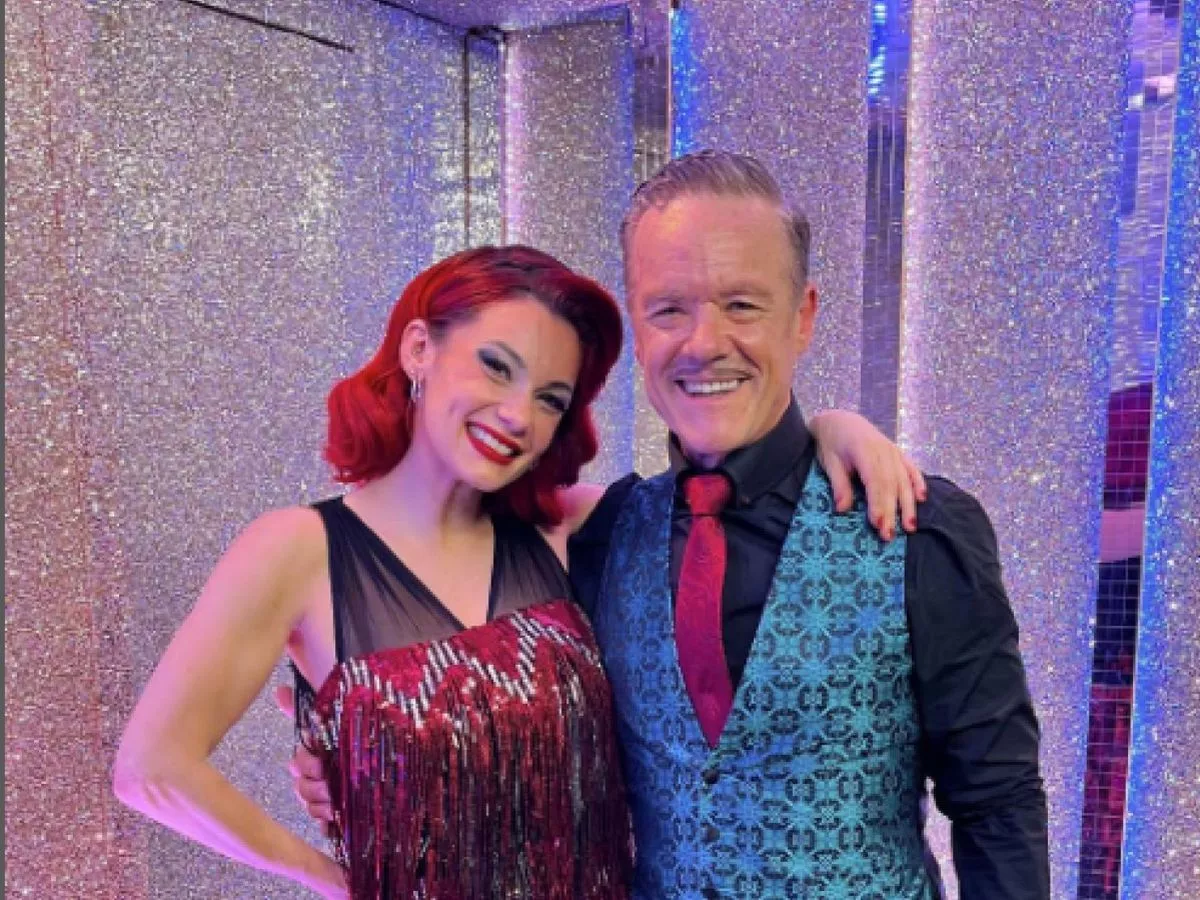Copyright National Geographic

“Würstelständes are the heart of Vienna,” says Sebastian Neuschler, owner of Alles Wurscht, one of the city’s new-wave sausage stands, set just behind the Vienna Stock Exchange building. “They allow people, from small children to 90-year-old grandmothers, to meet and connect — bringing the city together.” Vienna’s passion for sausages was ignited in 1805 when German butcher, Johann Georg Lahner, introduced the city to his pork-and-beef frankfurter recipe. However, it wasn’t until the early 20th century that the würstel (sausage) became a street-food staple, led by First World War veterans who turned to mobile vending for work. Their carts, serving sizzling, smoky frankfurters to factory workers, politicians and celebrities alike, laid the foundations for today’s würstelstände (sausage stand) as informal hubs where different social groups interact and class boundaries blur. Traditionally, menus ranged from sliced bratwurst (fried, lightly spiced German sausage) and frankfurter (parboiled pork and/or beef sausage) to Vienna’s own käsekrainer (lightly smoked pork sausage with melted emmental), each typically served with sharp mustard, horseradish and a slice of dense rye bread. While classics remain, today’s stands are reimagining the humble würstel with new, creative adaptations. These have done much to help preserve Vienna’s würstelstandkultur — a culinary culture recognised in Austria’s UNESCO Intangible Cultural Heritage list in 2024 for its significance to Vienna. Driven by boundary-pushing chefs, today’s sausages are dusted with the likes of fiery Peruvian chilli powder or sandwiched into a Vietnamese-inspired bosna — a bread roll of Serbian origin — served with two bratwurst, curry sauce, onions, mustard and parsley, and even paired with Moët champagne. From an urban, back-street garage to a high-society opera outpost, here’s where to find the best of Vienna’s würstel. 1. Hermann’s Würstelstand Hidden in the entrance of a brutalist car park in Vienna’s 7th district, this edgy sausage stand lures a spirited crowd of young locals. Outfitted with a dartboard and flat-screen TV for sports viewings, it’s a popular late-night hangout where raucous chatter drowns out the sounds of a battered speaker playing techno music. While the klassich bosna — filled with a beef bratwurst — käsekrainer and vegan alternative are crowd favourites, the Waldviertler würstel embodies the bold intensity of Vienna’s sausages, its taut skin and scorched flavour cutting sharply through a pint of beer from Zwettler, a brewery set just west of the city. Käsekrainer with bread, mustard and ketchup €5.50 (£4.75). 2. Zum Scharfen René Look inside this modest kiosk on Schwarzenbergplatz and you’ll spot five gleaming Falstaff Awards. Crowned Vienna’s best würstelstände at the prestigious magazine awards, from 2016 to 2020, it’s helmed by fine-dining veteran René Kachlir, who’s put some punch into the city’s sausage culture. Perfected over 16 years, his curry sauce is sprinkled with fiery chilli powders, from scotch bonnet to the rare Peruvian charapita (€45/£39 per kilo). To make the nose stream, try it with the käsekrainer — its molten, velvety cheese centre oozing into the rich curry sauce pierced with the sharp charapita heat. Käsekrainer with bread, mustard and horseradish €5.80 (£5.05) 3. Wiener Würstelstand Despite owning three outposts across Vienna, Mike Lanner doesn’t compromise on quality. The 47-year-old proudly operates the city’s first organically certified würstelstände, at the corner of Pfeilgasse and Strozzigasse, serving additive-free sausages, Salzburg-brewed Mülln beer and house-fermented pickles. Beyond sliced würstels, the menu diversifies to include fried corn ribs in creamy, chilli aioli and the Bologna Wü — a bosna packed with fennel sausages, Swiss raclette and olive tapenade. With ample courtyard space, the Spittelau branch holds open mic nights, live music and dance battles until 1am — adding dinner and a show to the würstelstände’s evolving offering. Käsekrainer with black bread, mustard, ketchup, mixed pickles €10.90 (£9.51) 4. Extra Würstel With its neon sign and hot-pink accents casting a glow on Vienna’s venerable commercial artery, Taborstrasse, this contemporary kiosk lives up to its name by putting worldly twists on the würstel. It’s set on quiet corner in Vienna’s 2nd district, where its white-washed exterior juxtaposes imaginative creations such as the Banh Wü — a Vietnamese-inspired bratwurst bosna layered with pickled cabbage, carrots, cucumber and bunched coriander that cuts through a sweet, hoisin-peanut mayonnaise. While the mouthwatering, savoury aroma of grilled frankfurters and 100% beef käsekrainers entices meat-eaters, vegetarians can tuck into deep-fried tofu, halloumi, cauliflower and oyster mushroom sausages to satisfy their appetite. Käsekrainer with sourdough, mustard and ketchup €6.20 (£5.37) 5. Alles Wurscht Run by former fine-dining chef Sebastian Neuschler, this upscale kiosk serves refined street food at an affordable price. Overlooked by the Vienna Stock Exchange, its wraparound counter invites office workers to indulge in kalbsbratwurscht (veal sausage), house-recipe käsekrainer or premium-blend beef tartare — two-thirds fillet, one-third brisket — served with mustard mayonnaise and a brioche bun for €12.90 (£11.20). While dishes such as calamari fritti, with a salty, golden crunch turn heads, the bosna remains Sebastian’s bestseller. Having sold 18,000 in 2024 alone, it’s elevated with an organic, miso sourdough roll for added bite and a subtle sweetness. Käsekrainer with mustard and ketchup €6.50 (£5.61) 6. Bitzinger



